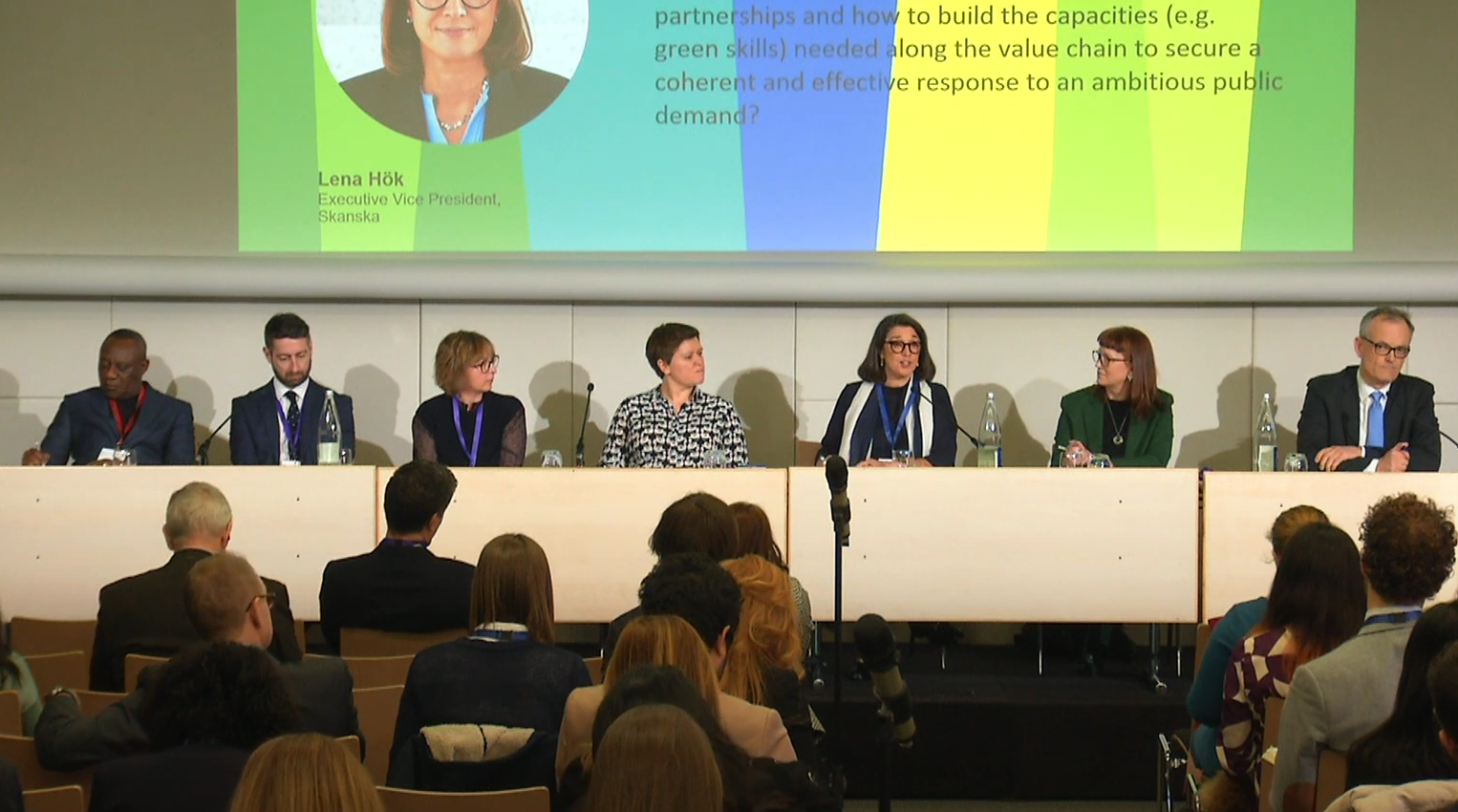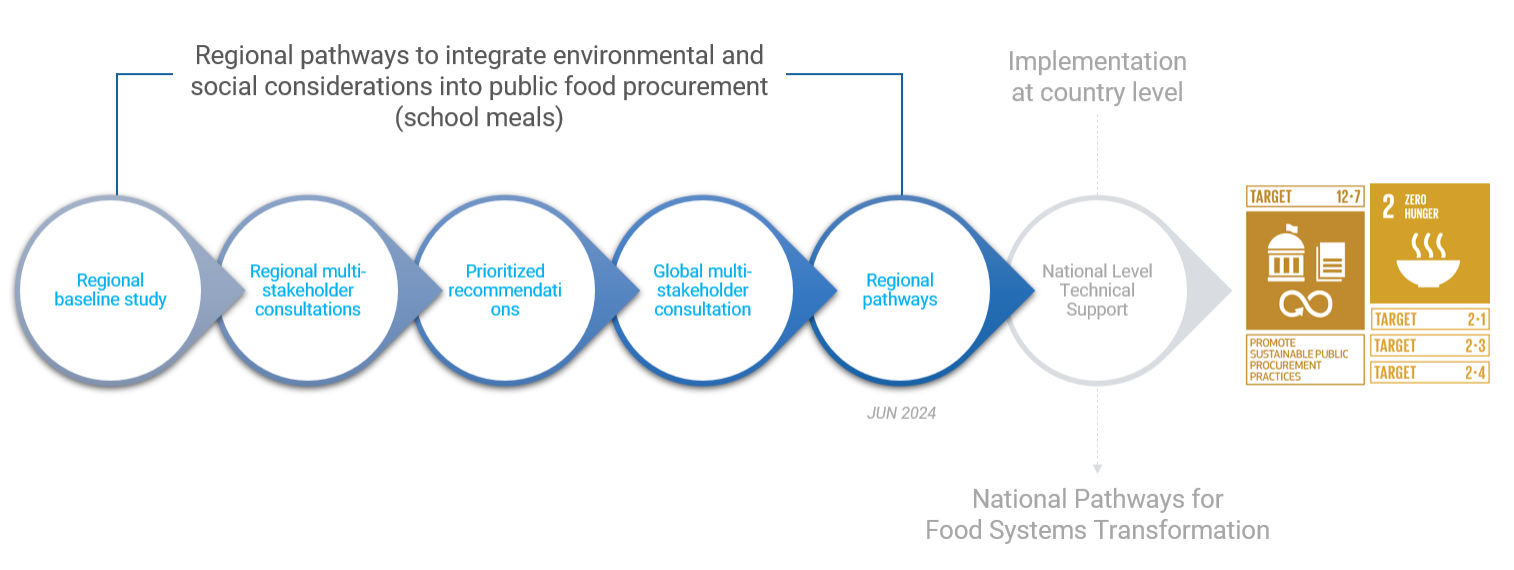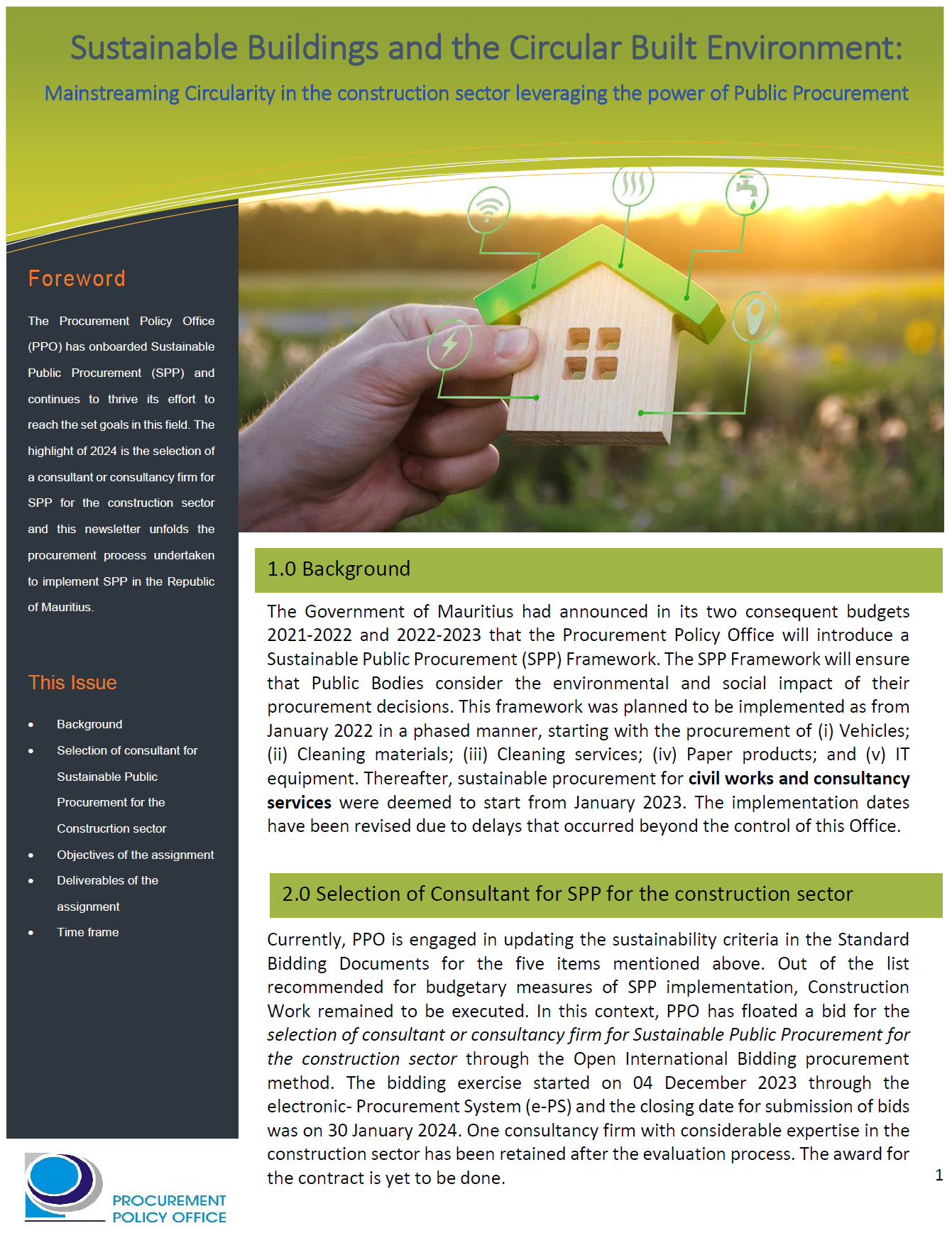Effective Collaborative Action – our Stories of Deep Collaboration For Systemic Change

There’s a thing called “red car effect” where someone says to you “have you noticed there are more red cars on the road now?” and you find yourself noticing red cars more than the other colours, whatever the true balance of car hues. Call it heightened awareness or a self-fulfilling prophecy, but we’ve noticed an increased frequency of calls for systemic change in food systems, and within that a greater understanding of the need for collaborative approaches to energise solutions. Red car effect or a real pivot in understanding? We think it’s real, and the evidence is compelling.
This blog captures the experiences of the Effective Collaborative Action Methodology co-authors, Kathleen Wood, Lise Melvin and Sandra Andraka.
There’s a thing called “red car effect” where someone says to you “have you noticed there are more red cars on the road now?” and you find yourself noticing red cars more than the other colours, whatever the true balance of car hues. Call it heightened awareness or a self-fulfilling prophecy, but we’ve noticed an increased frequency of calls for systemic change in food systems, and within that a greater understanding of the need for collaborative approaches to energise solutions. Red car effect or a real pivot in understanding? We think it’s real, and the evidence is compelling.
The 2021 Food Systems Summit was underpinned by 148 countries holding National Dialogues around Food Systems, with 107,000 people taking part. 108 National Pathways have been announced, with the vast majority calling for systemic change in the way we produce and consume food. UN Assistant Secretary-General and Assistant UNDP Administrator Ulrika Modeer commented:
“If I were to define the success of the Food Systems Summit in one word, it would be that middle word – Systems, central not only in that phrase but also in our thinking.”
This evolution in thinking means that our Guide to Effective Collaborative Action, built on the foundation of GCP’s 10 years’ experience in transforming food and agricultural commodity systems, is landing at exactly the right time. Just as the world has moved from the Holocene to the Anthropocene, our work has evolved from the era of dialogue and collective action to Changing Systems through Collaborative Action.
What is the difference between the collective action you may be used to and Deep Collaboration? People we work with tell us that collective action sometimes feels like one is simply working alongside others, in parallel but not fully enmeshed. Effective Collaborative Action, they say, means being so intertwined with others that you can’t see who is doing which parts, you can only see the success of the whole – of all the collaborating organisations and people.
“When I was young I learned the rain dance. We would do it at the end of the dry season in Nairobi. We held hands in a circle and all did the same moves at the same rhythm, calling for the rain. This is what deep collaboration feels like. It’s the difference between being part of a powerful rhythm and each person doing their own dance in the same space” says Lise Melvin.
Kathleen Wood recalled: “In my 20’s I instructed 30 day wilderness courses for groups of young people. In the first week or so, it was painful as the individuals struggled to learn how to get to camp, cook dinner, read a map; and any efforts to work together were disjointed and often produced failure. But over time, through experiential learning, they discovered what they were good at and more importantly how to use each other’s talents to collectively accomplish their goals whether that be reaching the summit or navigating the whitewater. I can’t think of one group, who by the end of 30 days, failed to discover the power in collaborating deeply.”
Sandra Andraka had a painful recollection: “A few months ago I had a motorcycle accident. Everything happened in a brief moment and suddenly I was lying on the ground, in the middle of the street, unable to move and without knowing what had happened to me. The vehicle responsible for the accident fled. Suddenly, people began to appear to help me. They did not know each other and neither did I. Collectively they organized everything and managed all the steps to notify the police, the ambulance and my contact person. Most importantly, they made me feel safe. Confident collective action can save lives.”
As UNDP Administrator Achim Steiner said in a 2021 TED Talk, “Systems don’t change systems, people do”, and our Guide to Effective Collaboration is packed full of approaches, frameworks and new ways of thinking to transfom people and systems simultaneously. As you can see, it’s built on our lifetime experience of Deep Collaboration.
We hope you enjoy using the Guide as much as we enjoyed creating it.


